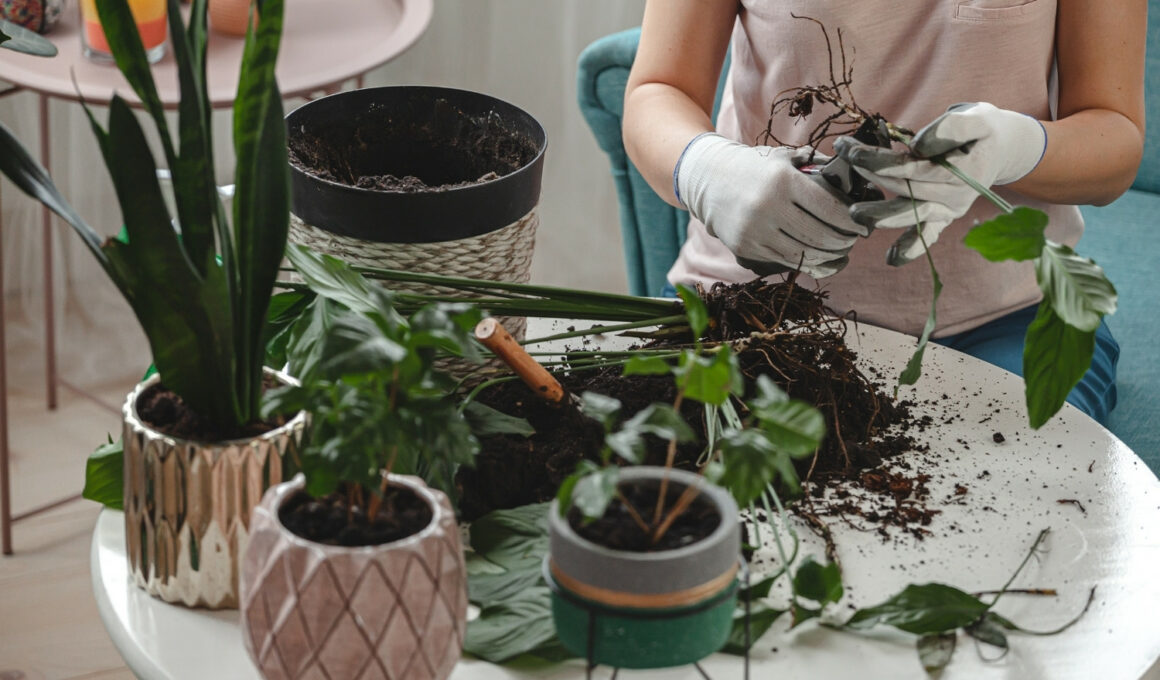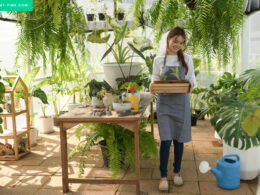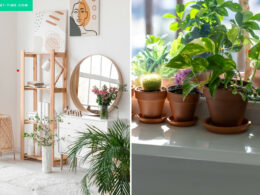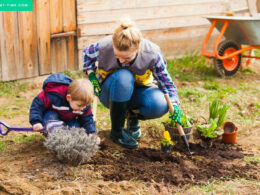In This Article Show
As a mom of three, I’ve discovered the joy that houseplants bring to a home. They not only add a touch of nature but also contribute to a healthier indoor environment. In this guide, we’ll explore practical and straightforward tips to ensure your houseplants not only survive but flourish under your care.
Houseplants aren’t just decorations; they’re living beings that can transform your living space. They improve air quality, boost mood, and create a serene atmosphere. But, let’s face it, keeping them alive requires a bit of know-how. Fear not, though – I’m here to share some tried-and-true advice that even the busiest parents can incorporate into their routine.
From choosing the right plants for your space to understanding their specific needs, we’re covering it all. So, let’s embark on this green adventure together, ensuring your houseplants not only survive but thrive in your nurturing care. Let’s get started!
Tips for Keeping Your Houseplants Alive
Our goal is simple: to help you become a confident plant parent. Whether you’re a beginner or have a few green friends already, these tips will guide you through the essentials.
1. Choose the Right Plants for Your Space
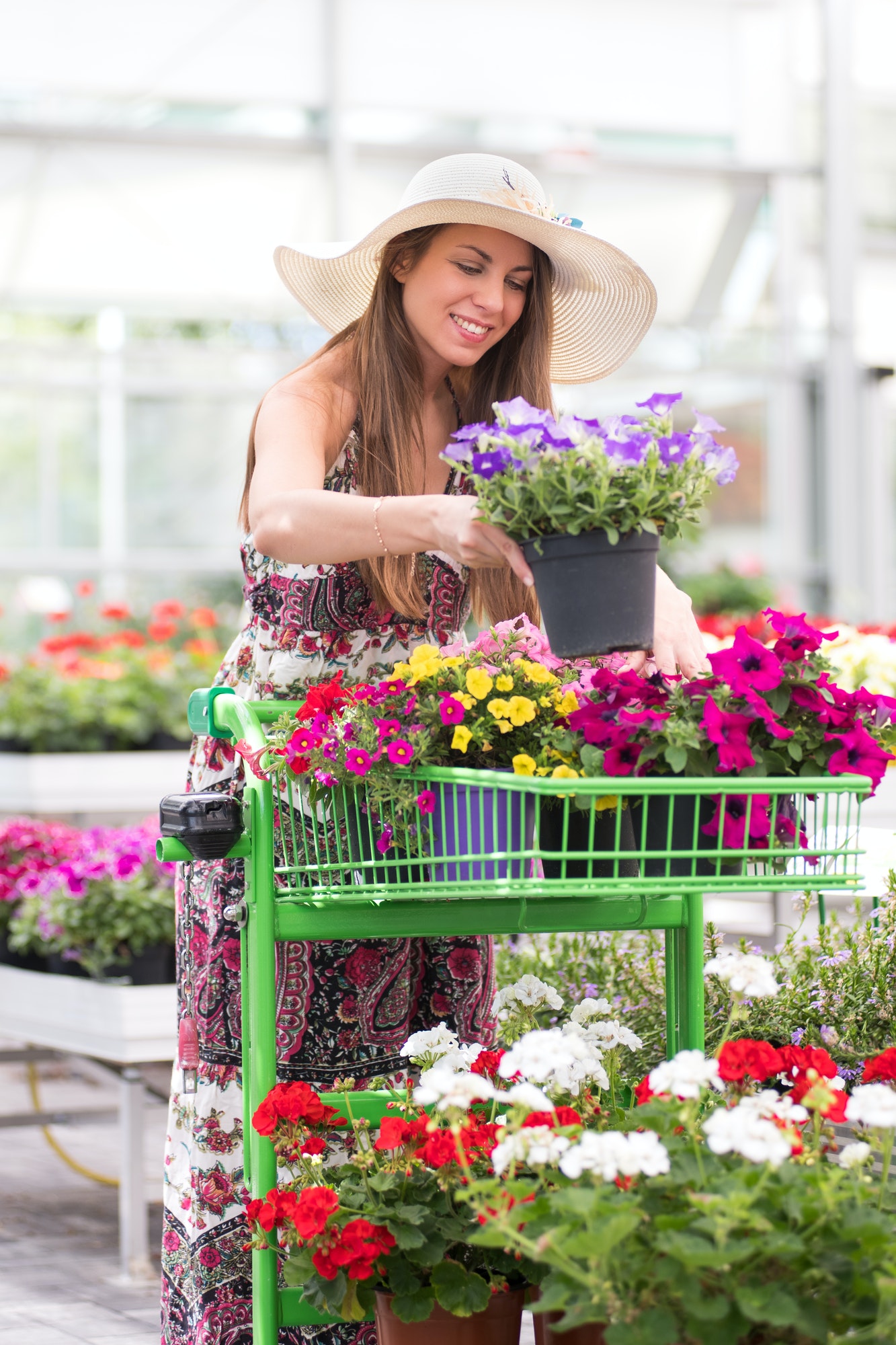
When bringing home a new leafy friend, think about where they’ll live. Consider the natural light your home receives – some plants crave sunlight, while others thrive in low light. Additionally, be mindful of the humidity levels in different rooms. Some plants love a tropical feel, while others prefer a drier atmosphere.
Now, before you get overwhelmed, match your choice to your skills. If you’re new to plant parenting, start with low-maintenance plants that forgive occasional forgetfulness.
Great deals to snatch for your little ones 🎉
As you gain confidence, you can gradually introduce more demanding green companions. It’s all about finding the perfect plant-and-parent match for a harmonious coexistence.
2. Provide Adequate Light
To keep your leafy pals happy, understand their light preferences. Some plants thrive in bright, direct sunlight, while others prefer the subtle glow of indirect light. Take note of each plant’s specific needs.
Now, let’s talk about adjustments. If your house lacks natural light, worry not. You can supplement with artificial light sources like grow lights. Conversely, if a sun-loving plant looks a bit sunburned, consider moving it to a shadier spot.
It’s a balancing act, but with a bit of observation and flexibility, you’ll master the art of light provision for your green companions.
3. Watering Wisely
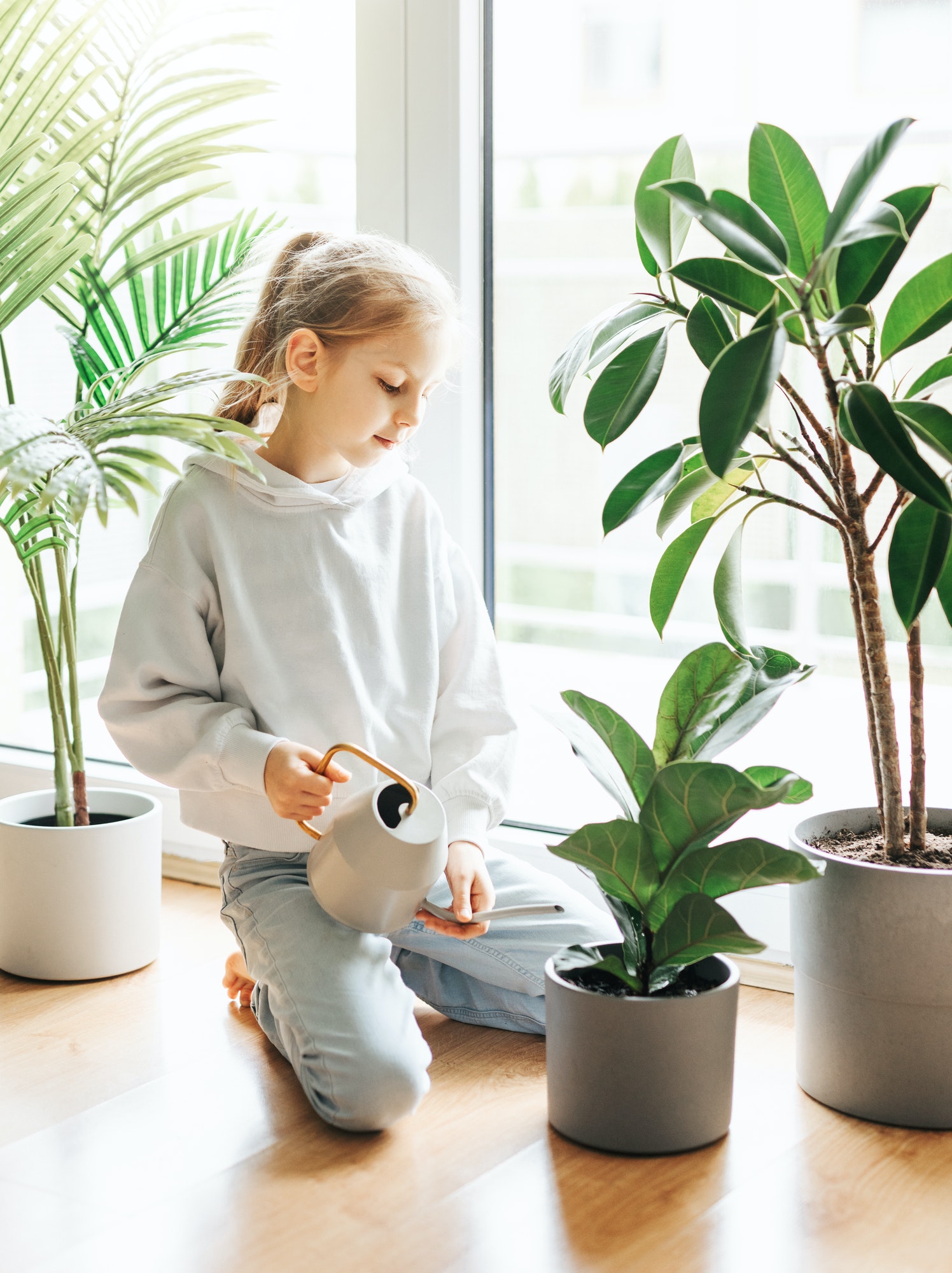
Keeping your houseplants hydrated is a delicate dance, but fear not – we’ve got the steps. Different plants have different watering preferences. Some like it wet, others prefer to dry out between sips. Get to know your plant gang individually to keep everyone content.
Just like soggy socks aren’t fun for us, standing water is no delight for plants. Ensure your pots have drainage holes. This prevents waterlogged soil, keeping your green buddies’ roots happy and healthy.
Remember, it’s all about finding the Goldilocks zone for each plant – not too much, not too little, but just right.
4. Establish a Consistent Watering Schedule
Plants, like us, appreciate a reliable schedule. Identify the watering needs of your green companions and establish a routine that suits them. Whether it’s a weekly watering session or a bi-weekly check-in, consistency is key.
Just as you change your wardrobe with the seasons, your watering routine should adapt too. Plants generally need more water in warmer months and less in the cooler ones. Keep an eye on the weather and adjust your watering frequency accordingly.
By maintaining a consistent watering schedule, you not only simplify your plant care routine but also ensure your leafy friends receive the hydration they need throughout the year.
5. Choose the Right Soil
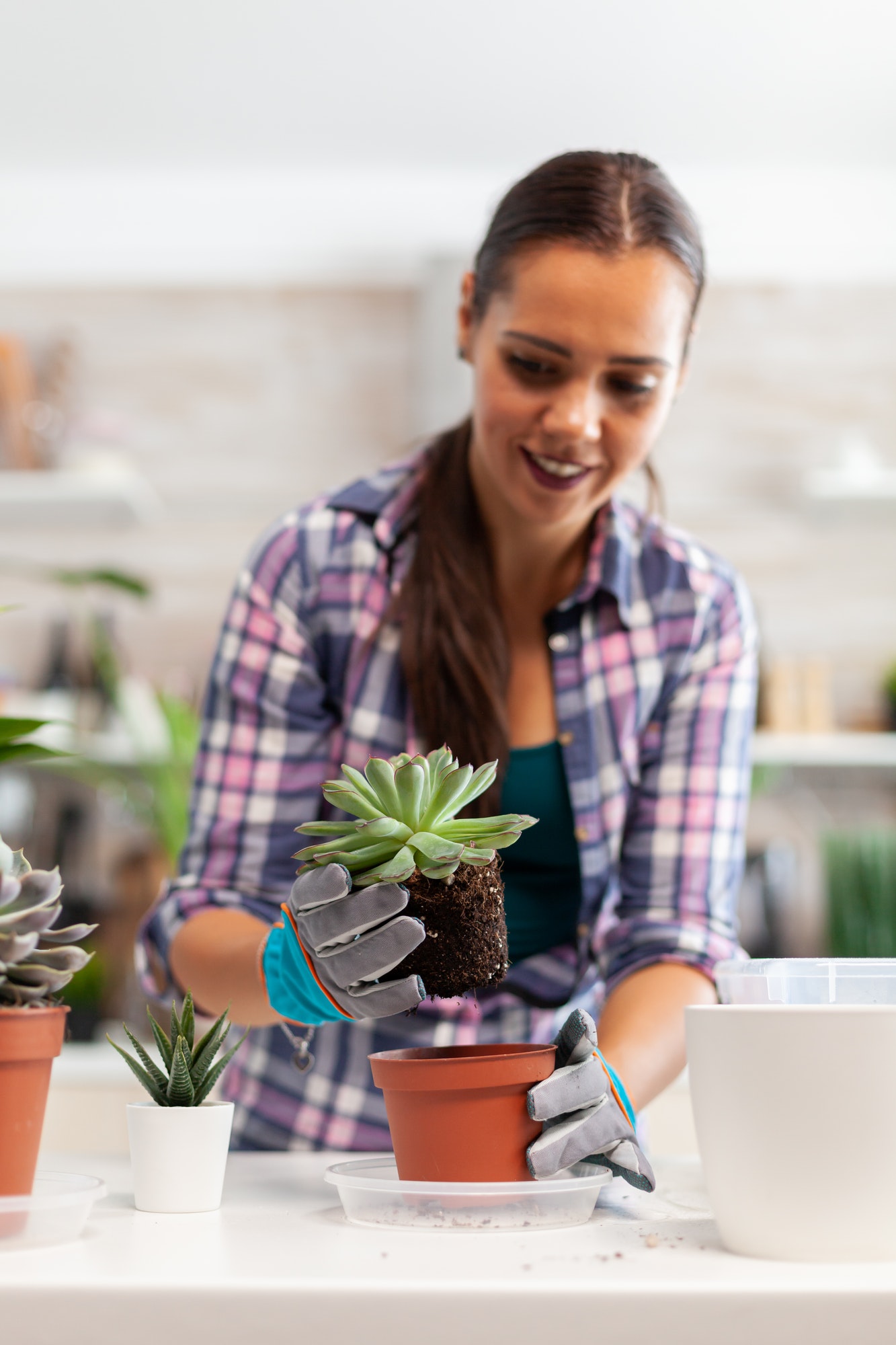
Think of soil as your plant’s home – it needs to be comfortable. Opt for well-draining soil to prevent waterlogged roots. This ensures that your green buddies can breathe, reducing the risk of root rot and other moisture-related issues.
Just as we have different preferences for where we live, plants have varying soil preferences. Some thrive in a chunkier mix, while others prefer a lighter, fluffier texture. Research the specific soil needs of your plants and tailor their living arrangement accordingly.
Selecting the right soil sets the foundation for a happy and healthy plant life. It’s like finding the perfect mattress for a good night’s sleep – crucial for overall well-being.
6. Monitor and Maintain Humidity
Just as some of us love a humid tropical vacation, certain plants thrive in higher humidity levels. Palms, ferns, and orchids are among those who appreciate a little extra moisture in the air.
For plants that prefer a more arid environment, consider placing a tray filled with water near them. This provides localized humidity. On the flip side, if your bathroom jungle is looking a bit too steamy, ensure good ventilation or move moisture-loving plants to other areas.
By understanding the humidity preferences of your plant crew and making simple adjustments, you’ll create a comfortable living space for both you and your leafy companions.
7. Pruning and Deadheading
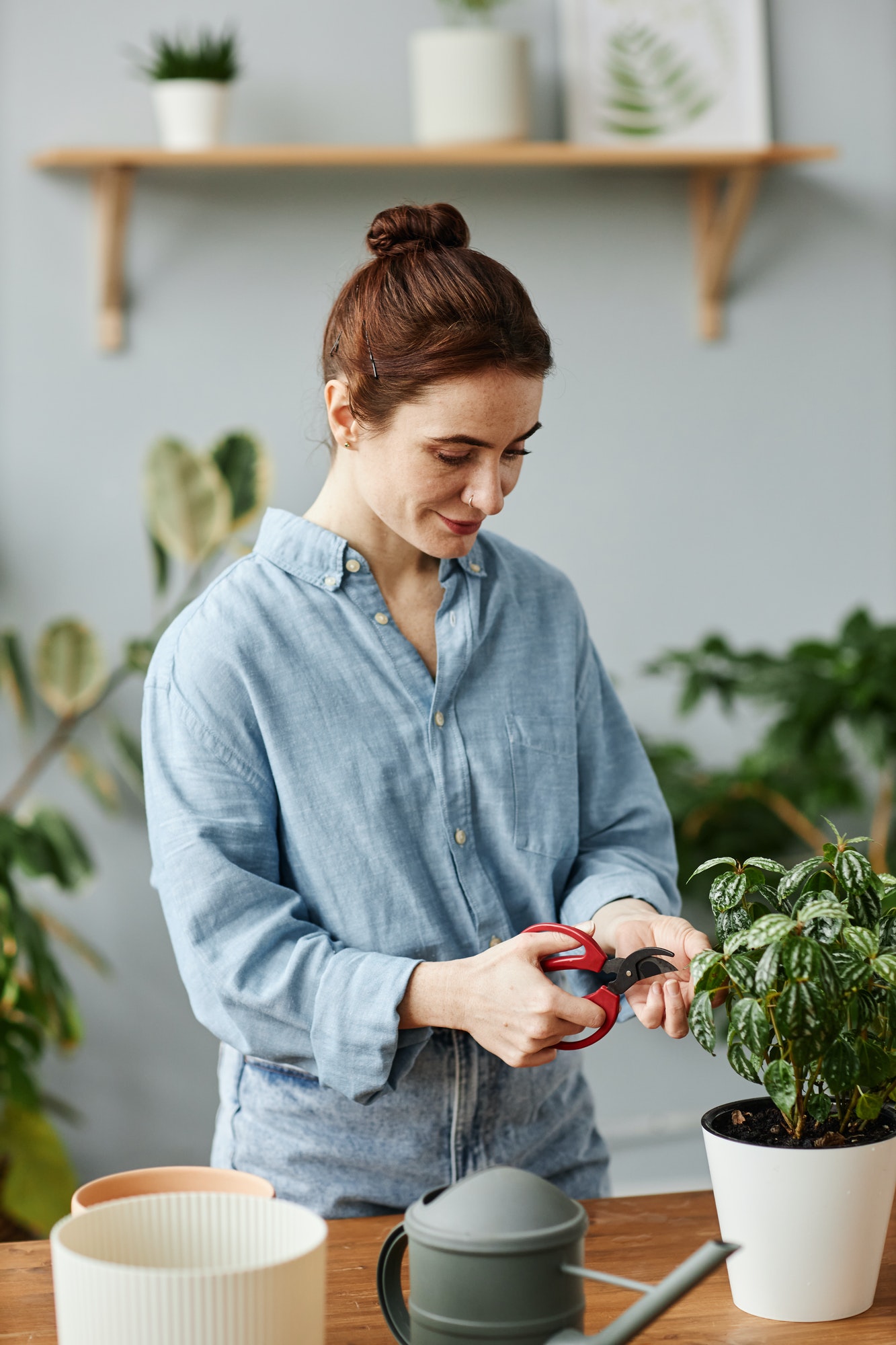
Keep an eye on your plant pals by regularly inspecting them for any dead or damaged parts. Much like a haircut for us, a little trim for your plants can go a long way in promoting overall health.
Proper Techniques for Pruning and Deadheading
When it’s time to snip away, make sure to use clean, sharp scissors or pruning shears. Remove dead or yellowing leaves at the base, and trim stems just above a node or leaf to encourage new growth. For flowering plants, deadheading – removing spent blooms – redirects energy for future blooms.
Pruning and deadheading are like a spa day for your plants, promoting their well-being and encouraging them to put forth their best foliage or flowers. Keep it simple, and your green companions will thank you with vibrant, healthy growth.
8. Fertilize Appropriately
Plants, like us, need their nutrients. Get to know the specific cravings of your green buddies. Some prefer a well-balanced diet, while others may have a penchant for specific nutrients. Research and understand what your plants need to thrive.
Just as we adjust our diet based on our needs, cater to your plant’s nutritional requirements. Select a fertilizer with the right balance of nutrients, and follow the recommended frequency. Overfeeding can be as harmful as underfeeding, so find that sweet spot for a happy, well-nourished plant family.
By being mindful of your plants’ nutritional needs and providing them with the right fertilizer, you’re ensuring they get the sustenance required for robust growth and vibrant blooms.
9. Keep an Eye Out for Pests
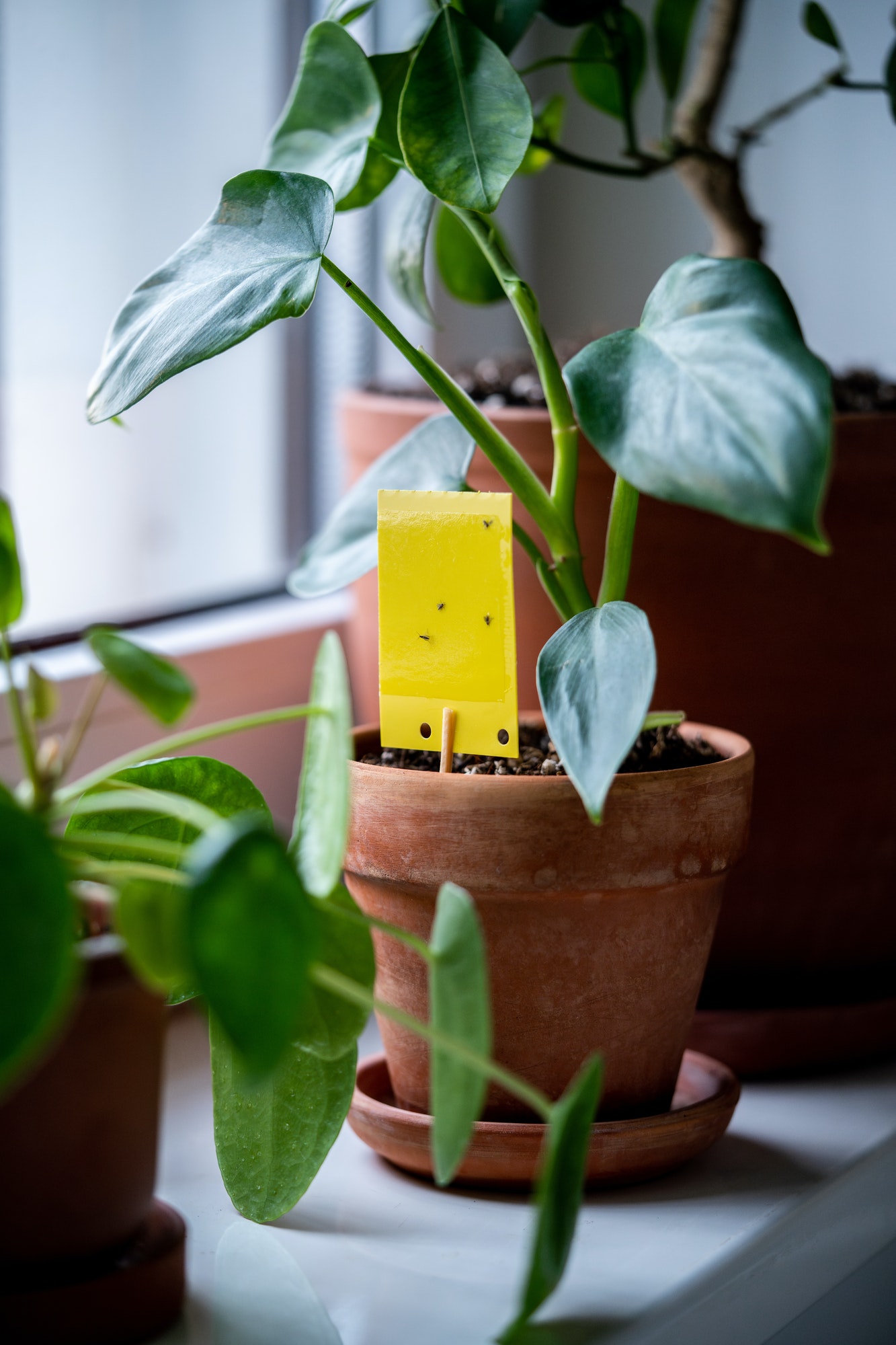
Just like unwelcome guests, pests can disrupt the harmony in your plant haven. Look out for common culprits such as spider mites, aphids, and mealybugs. Early detection is crucial, so inspect your plants regularly for any signs of unwanted visitors.
For a natural approach, introduce beneficial insects like ladybugs or use neem oil, a plant-based remedy. Additionally, a simple mix of water and mild soap can work wonders. If the situation escalates, consider chemical solutions, but use them judiciously, following the instructions carefully.
By staying vigilant and employing both preventive measures and targeted solutions, you’ll keep your indoor oasis free from pesky invaders, ensuring a thriving environment for your beloved plants.
10. Rotate Your Plants
Plants, much like sunbathers, enjoy a bit of turn and exposure from all sides. Regularly rotate your potted friends to ensure they receive even sunlight. This prevents them from leaning or growing unevenly towards the light source.
The frequency of rotation depends on your plants’ light preferences. Sun-loving plants may benefit from a quarter-turn every week, while those that thrive in low light can be rotated less often. Observe your plants – if you notice them leaning towards the light, it’s a cue to give them a spin.
By incorporating this simple practice, you’ll encourage balanced growth and ensure every side of your plant gets its fair share of sunshine, resulting in a beautifully symmetrical and healthy indoor garden.
11. Clean and Dust Regularly

Just like we feel invigorated after a good shower, plants benefit from clean leaves. Dust accumulation on leaves can hinder their ability to photosynthesize and breathe. Regular cleaning not only enhances their appearance but also promotes optimal plant health.
For broad-leafed plants, a gentle wipe with a damp cloth works wonders. For smaller-leaved varieties, a soft brush or a gentle spray of water can do the trick. Avoid using harsh chemicals or excessive force, as this may damage delicate foliage.
By incorporating a regular cleaning routine into your plant care regimen, you’re not just keeping them aesthetically pleasing but also supporting their overall well-being. A clean set of leaves allows your green companions to bask in the glory of the sun and thrive in their indoor haven.
12. Propagation Techniques
Propagation is like giving your plants a chance to have offspring. Common methods include stem cuttings, leaf cuttings, and division. For stem cuttings, snip a healthy portion and let it root in water or soil. Leaf cuttings involve planting a leaf to sprout new growth.
The division is separating a mature plant into smaller sections, each capable of growing independently.
Propagation isn’t just about creating more plants; it’s a health boost. It rejuvenates older plants, encourages new growth, and allows you to share your green abundance with others. Additionally, propagating can help you replace aging or struggling parts of a plant, ensuring a vibrant and thriving indoor garden.
By mastering the art of propagation, you not only expand your plant collection but also contribute to the overall well-being and longevity of your green companions. It’s a win-win for both you and your plants.
13. Be Mindful of Temperature Changes
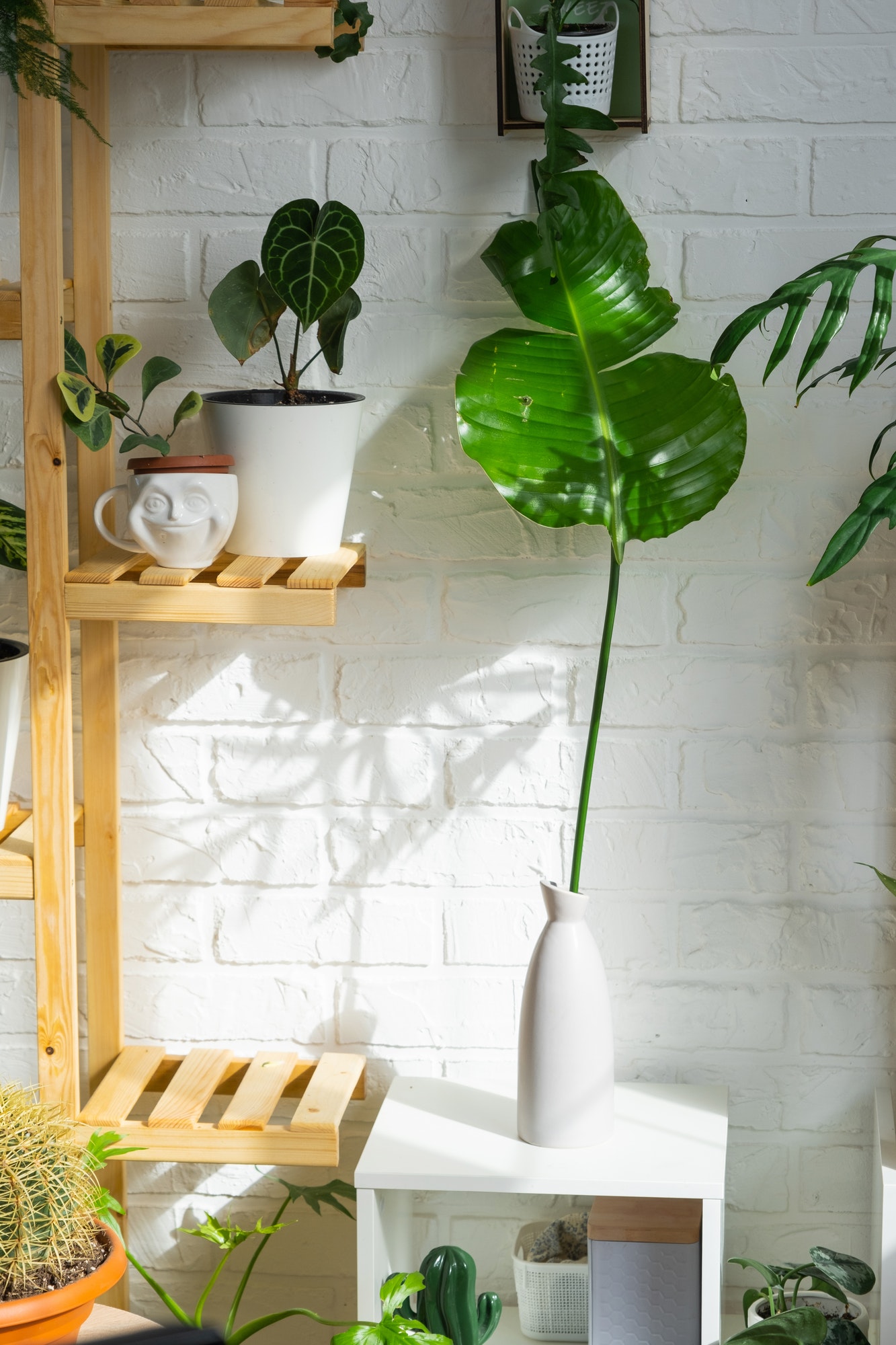
Plants, like Goldilocks, prefer temperatures that are just right. Sudden temperature changes, especially extremes, can stress them out. It’s essential to understand your plant’s temperature comfort zone to maintain a happy and healthy environment.
When the mercury rises or drops unexpectedly, take preventive measures. Move sensitive plants away from drafty windows during winter and shield them from scorching sunlight during summer.
Consider using curtains or blinds to regulate indoor temperatures. For outdoor plants, cover them during unexpected frosts or provide shade during heatwaves.
By being mindful of temperature fluctuations and taking proactive steps to shield your plants, you create a stable and comfortable environment for them to thrive year-round. It’s all about ensuring your green companions feel as cozy as possible, whatever the weather may bring.
14. Seek Professional Advice When Needed
Plants communicate in subtle ways, and it’s crucial to recognize when they might need a helping hand. If despite your best efforts, a plant shows persistent signs of distress like yellowing leaves, stunted growth, or unusual discoloration, it might be time to seek professional advice.
Local nurseries and gardening experts are your green allies. They have a wealth of knowledge about local conditions, plant varieties, and common issues. When in doubt, don’t hesitate to reach out. Describe the symptoms or show pictures if possible, and let them guide you with tailored advice for your specific situation.
Remember, even the most experienced plant parents seek guidance at times. Seeking professional advice ensures you’re equipped with the right information to address any challenges your plants may face, fostering a thriving and resilient indoor garden.
15. Embrace Patience and Observation
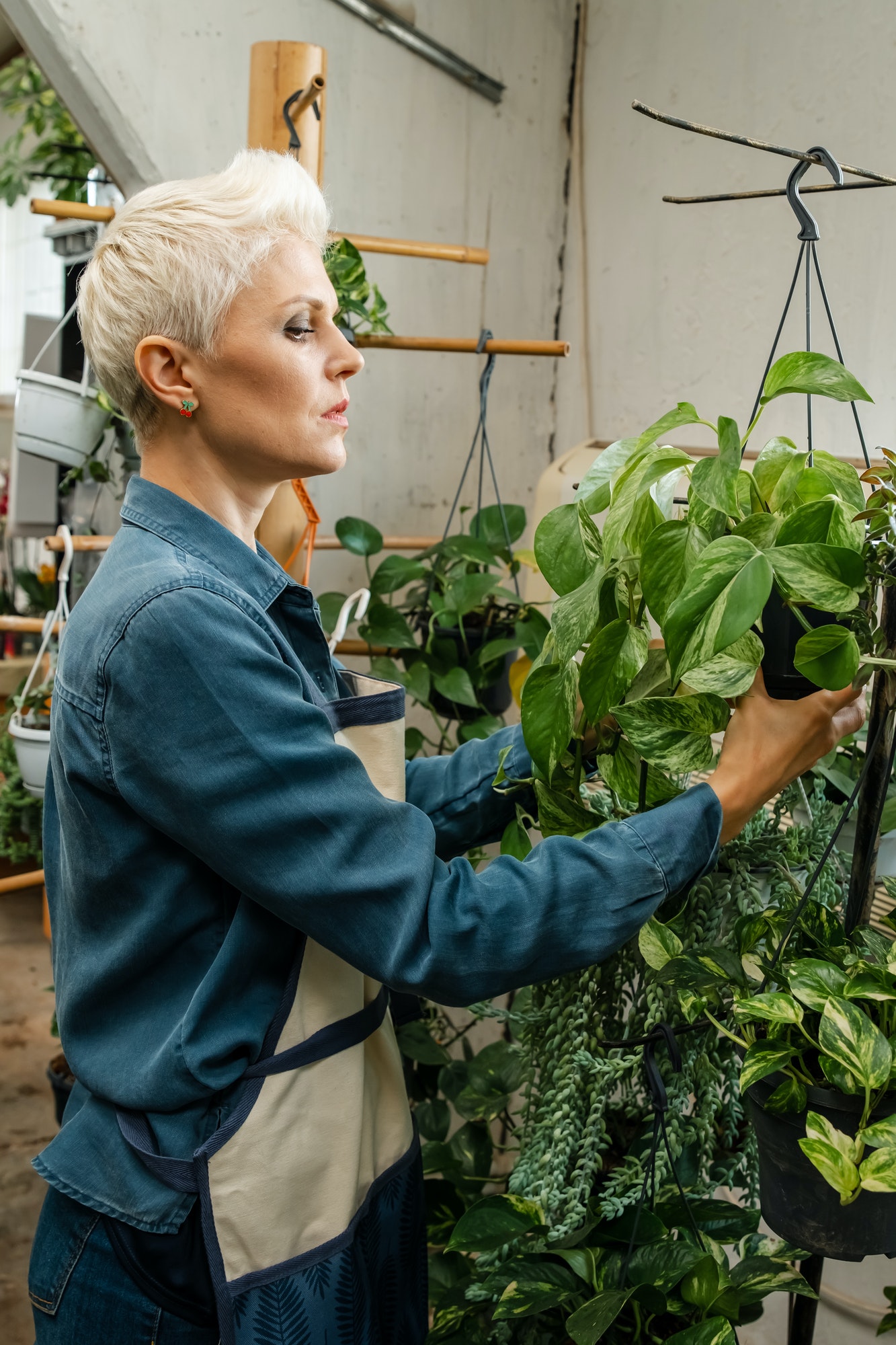
Plants, much like us, need time to adjust and thrive. Be patient and observe their responses to changes in light, water, or environment. Avoid making drastic adjustments too quickly. Give your plants the time they need to acclimate and show their resilience.
By adopting a patient and observant approach, you’ll develop a deeper understanding of your plant companions. Learn to read their signals, appreciate their growth milestones, and savor the rewarding journey of nurturing a vibrant and flourishing indoor garden.






